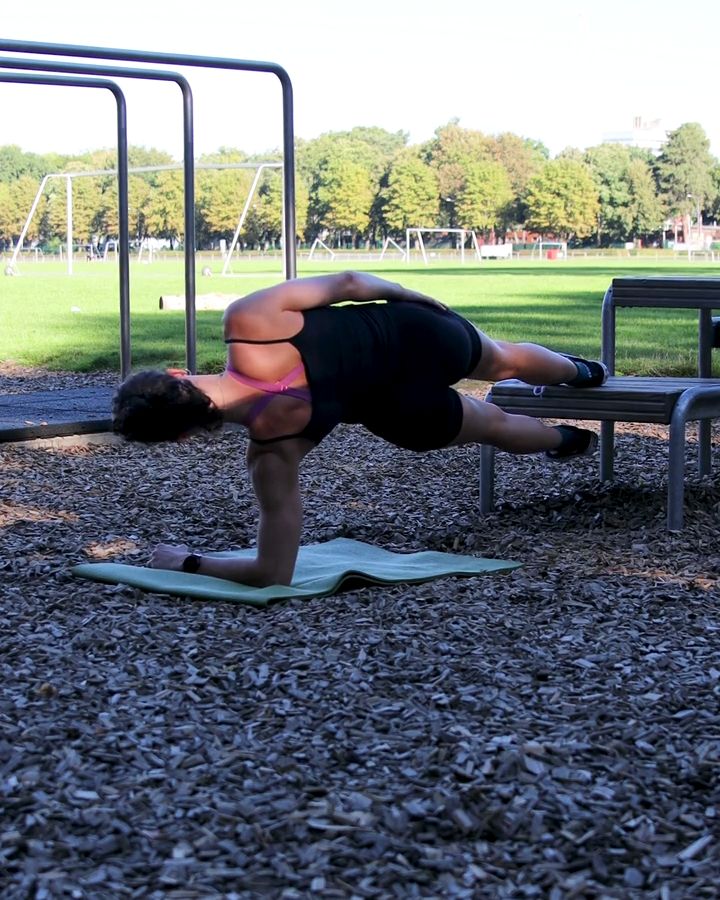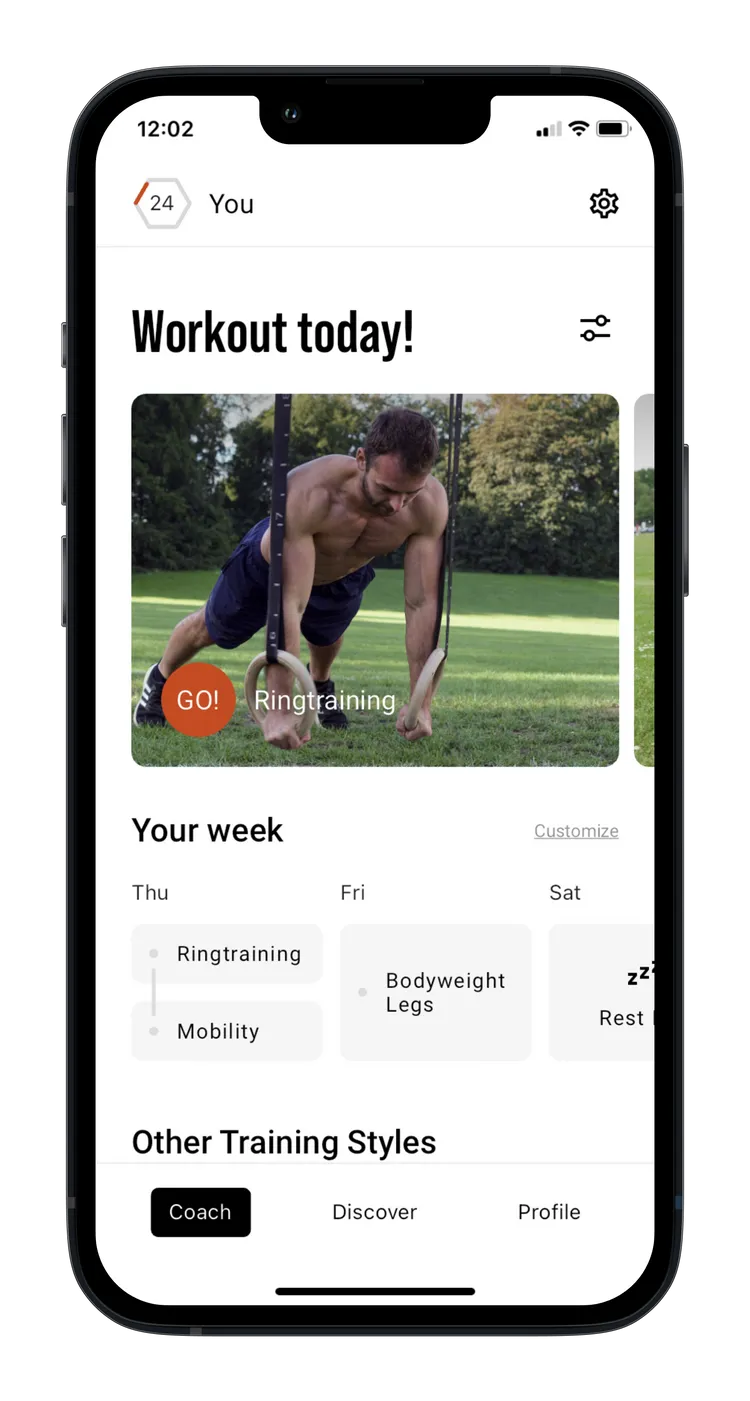Copenhagen Plank
The Copenhagen plank is an exercise where you support yourself on one forearm while placing one leg on an elevated surface, such as a bench. It primarily strengthens the core muscles and the adductors, while also promoting hip stability. This exercise is particularly popular in rehabilitation sports and sports involving quick changes of direction.
A similar exercise is the side plank, which also strengthens the core muscles but targets the abductors instead of the adductors.
Necessary equipment

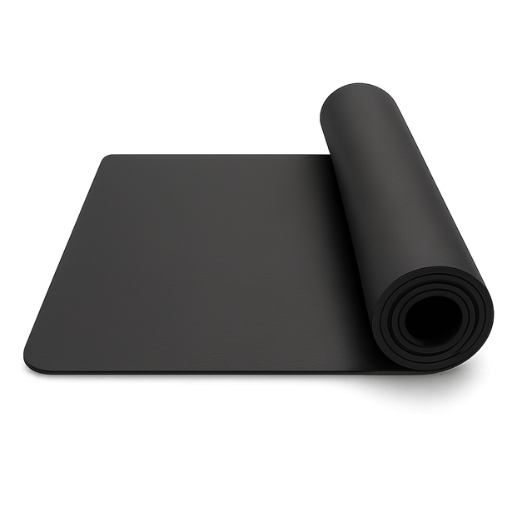
Copenhagen Plank - the correct execution
- Start in lateral support on the left forearm with the feet within reach of a box
- Place your forearm on the floor under your shoulder
- Place your right foot on a box
- Keep your left foot suspended in the air
- Your legs remain closed as much as possible
- Keep your body in one line
- Make sure that your hips remain straight
The exercise Copenhagen Plank is intended to be used as a hypertrophy exercise.
Which muscles are trained by Copenhagen Plank?








Primary trained muscles for Copenhagen Plank
Adductors - The adductors are muscle groups in the thigh that help bring your legs together. They stabilize your pelvis while walking and standing and also assist in movements like crossing your legs.
Secondary trained muscles for Copenhagen Plank
Triceps - The triceps brachii muscle is located at the back of your upper arm. It extends your arm at the elbow and also helps move the arm backward.
Obliques - The oblique muscles, consisting of the external and internal obliques (musculus obliquus externus and musculus obliquus internus), run along the sides of the torso. They are essential for rotating the upper body, bending to the side, and assisting in forward flexion. Additionally, they stabilize the torso and help protect the spine.
This could also be interesting
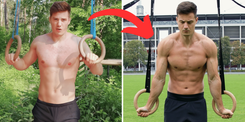
Calisthenics Body Transformation – How to Build a Strong, Lean, and Athletic Physique
Transform your body with Calisthenics! Build muscle, burn fat & achieve a shredded physique with bodyweight training. See real before & after results!
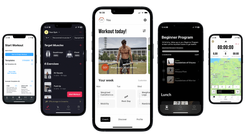
The Best Fitness Apps in 2025: Our Top 10 Recommendations
Don’t miss the best fitness apps of 2025: surprising favorites, free options, and perfect tools for your workouts. Find the ideal app today!
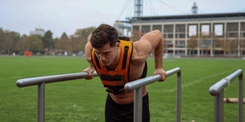
Complete Calisthenics Skills List – 40+ Exercises from Beginner to Pro
Which calisthenics skills should you learn first? And which ones will really help you progress? In this article, you’ll find a complete list of over 40 exercises – from the very basics to the toughest moves for professionals. Each exercise comes with instructions, so you can immediately integrate them into your training.
